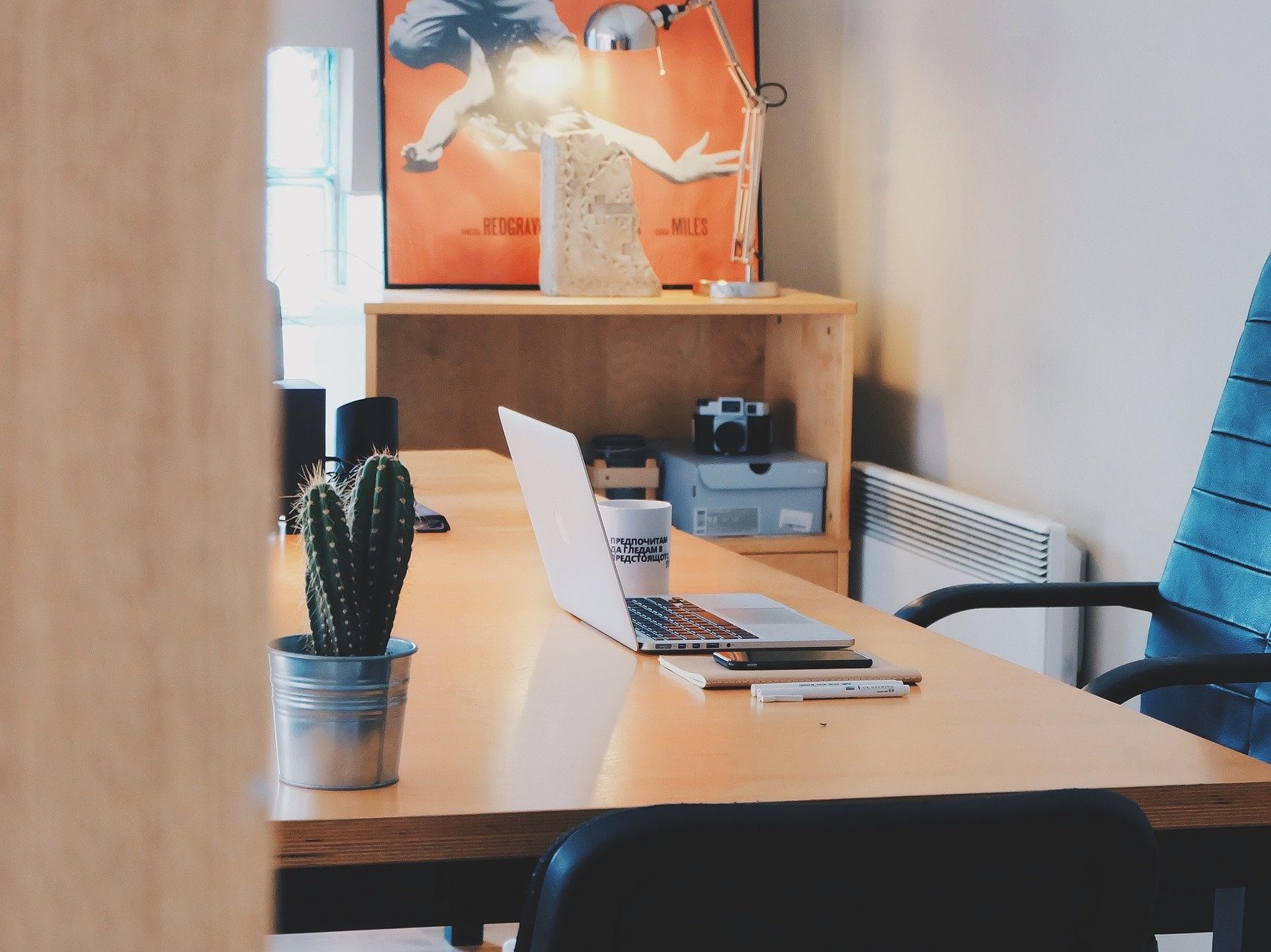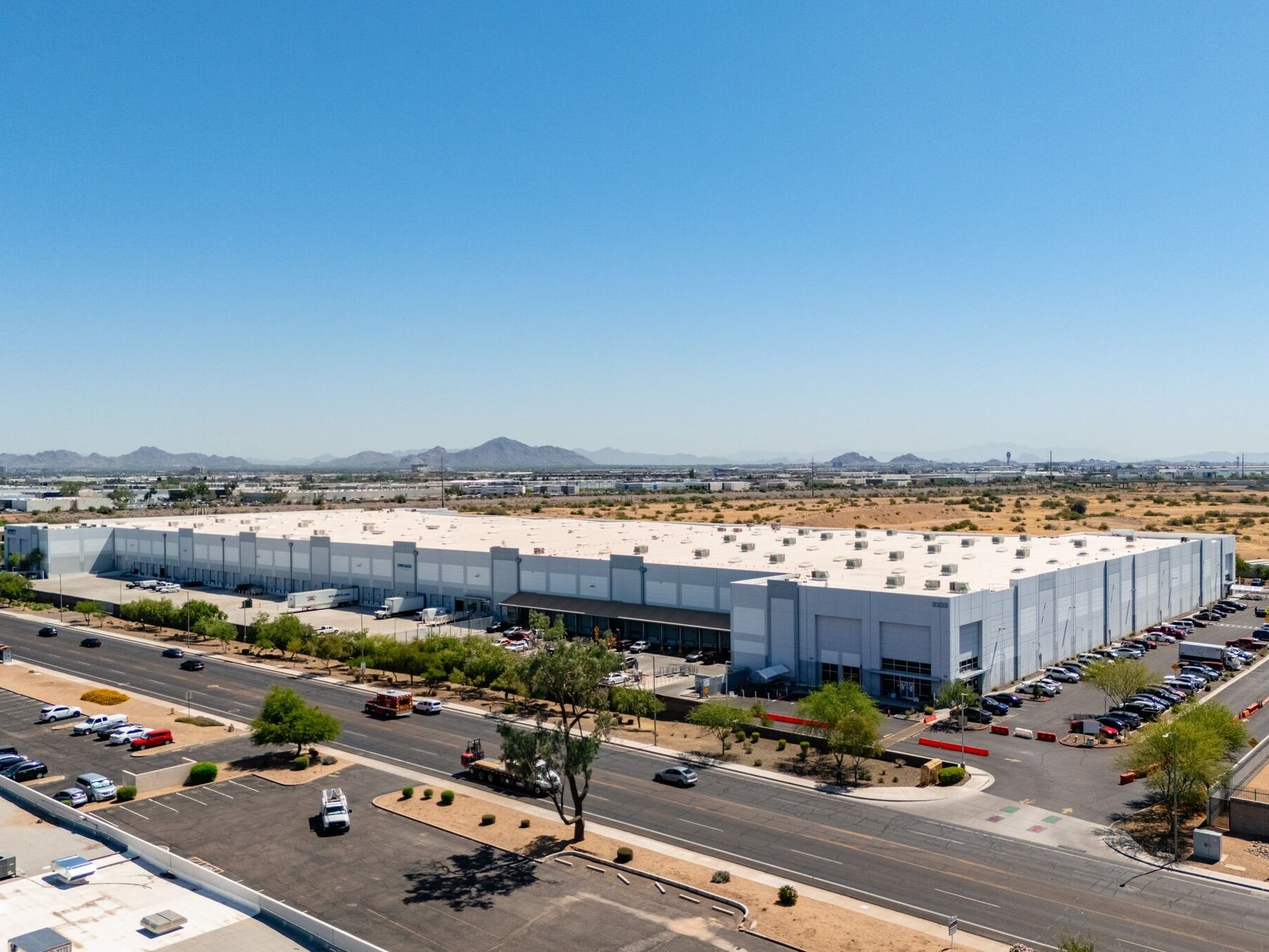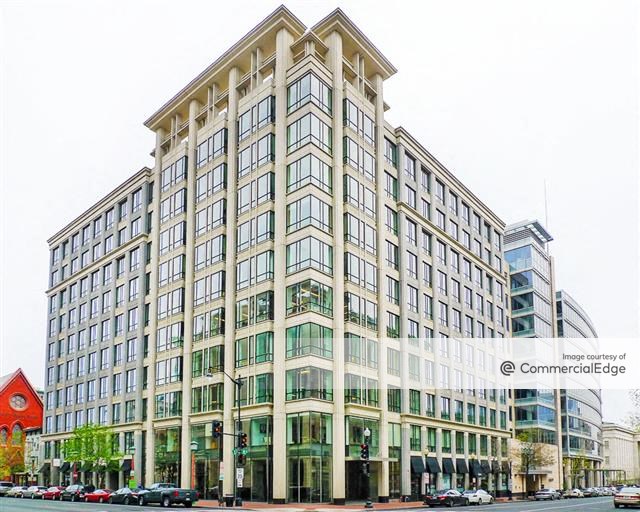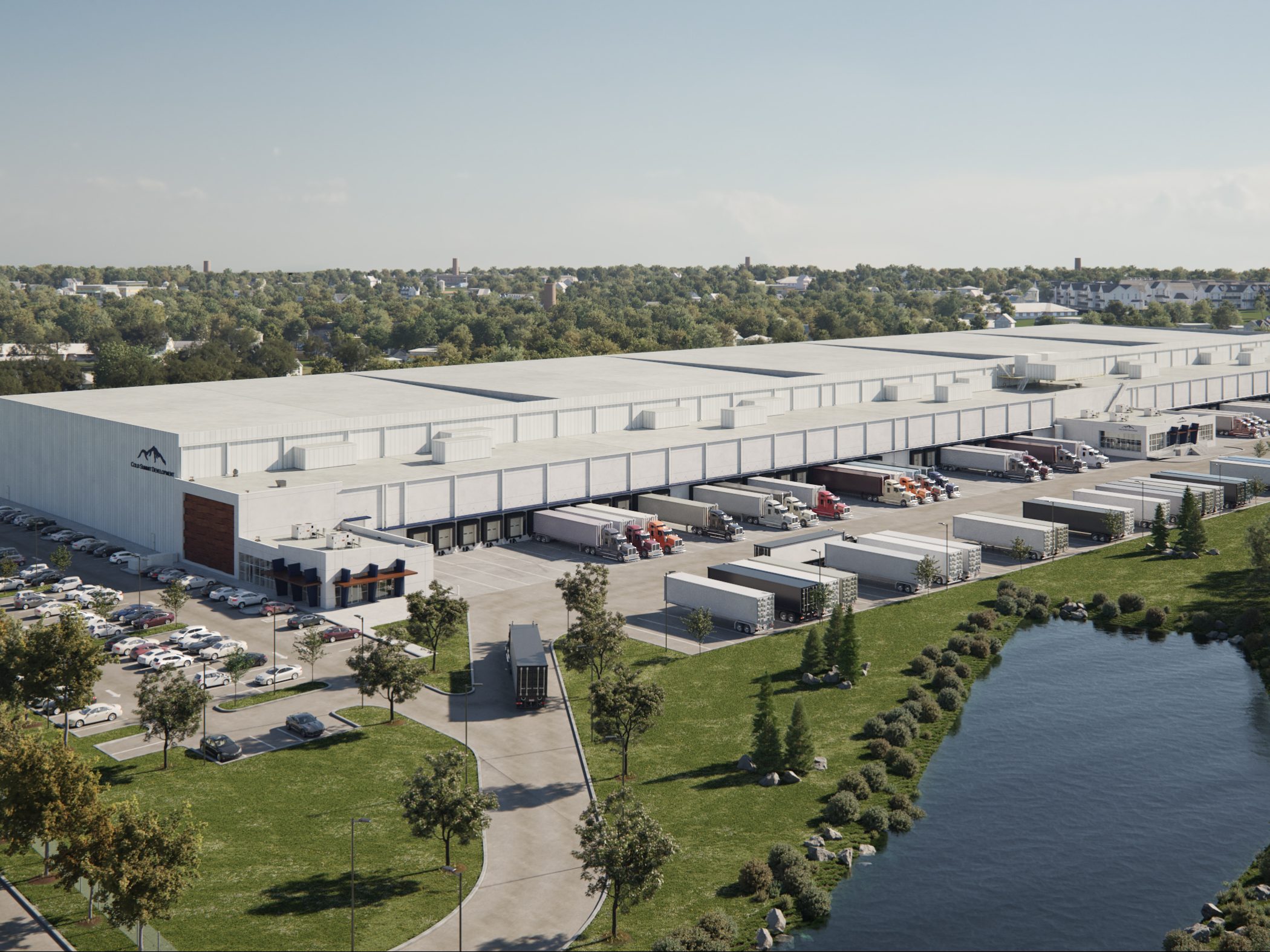How Office Design Will Change
Here’s what you’re most likely to see as workplaces begin to open nationwide.
With cities across the country preparing to begin reopening businesses, one of the biggest questions on everyone’s mind is what will the workplace look like and how long will it look that way?
Will there be more touchless features? Closed conference rooms? The end of open office layouts? Upgraded air filtration systems? There seems to be no shortage of possibilities touted by design and office experts.
As opening dates inch closer, we spoke to design professionals about what kinds of changes operators should consider making at their properties and whether the pandemic will have a long-term effect on what offices look like.
More flexibility
Perhaps the most noticeable and likely change to offices will be flexibility, STG Design Associate Principal Paul LaBrant told Commercial Property Executive. That can include reconfiguring desks so people are properly socially distanced or upgrading technology so more people can continue to work from home.
“Those (working from home) behaviors are starting to get entrenched and employees are finding ways to get very comfortable and productive at the same time,” said LaBrant.
Companies will have to rework their environments to fit the need, which could include more digital conference rooms and allowing for more virtual meeting spaces to happen.
“Flexibility and fluidity are going to be a big push, as well as everything associated with a social infrastructure that builds trust,” said LaBrant.
Touchless everything
The coronavirus outbreak has brought a heightened awareness to what our hands touch on a daily basis. In an office environment, operators will have to rethink every possible touch point.
Expect to see as much touch-free technology as possible in office buildings. Automated doors, touchless sign-in, voice-activated controls for elevators, turnstile badges replaced with cell phone apps and facial recognition software. Touchless bathroom fixtures, some of which are already the norm, will become more important than ever.
“There are a lot of things we require people to touch today that we have the tech to not have them do anymore,” said Lee Billington, director of connected experiences at Gensler. That can include using voice-activated systems such as Siri and Alexa, typically thought of as an in-home device, at the office.
Smaller spaces
In a report released last week by JLL, the firm found that the number one thing tenants will want when returning to the office is more privacy and separation from others. JLL found that up to 70 percent of all spaces are designed either partially or fully in an open plan. However, the trend toward open layouts was already starting to wane before the coronavirus outbreak.
“The mixed performance of dense open plans, the new mandate of social distancing today, and the likely lingering psychological effects of this outbreak on employees in the foreseeable future could combine to create some decompression in the workplace,” researchers at JLL wrote in the report.
While we may see less dense work environments in the future, office culture and collaboration between coworkers will continue to remain important for companies.
“Because of working from home that’s being cultivated, I do think corporate spaces will get smaller, but they will be better spaces that will entice people to come back and innovate and interact with each other,” said LaBrant.
Health & wellness
With some studies suggesting that the coronavirus could be spread through aerosols, operators will look to put a big focus on health and wellness aspects at their buildings. Better ventilation systems that bring in more outside air, the application of UV technology and added filtration could potentially help flush out pathogens and circulate fresher air.
Dr. Joseph Allen, an assistant professor at the Harvard T.H. Chan School of Public Health, has studied the impact green buildings have on cognitive functions. He has found that proper ventilation, filtration and humidity in office buildings can make a big difference in the health and well-being of its occupants.
“We’ve known for a long time how important outdoor fresh air is for fighting infectious diseases,” said Allen during a recent ULI webinar on healthy buildings. “The indoor environment has this big impact on our health just by manipulation of a handful of variables and making the air a little better.”
In lobby and lounge areas, seating could be swapped out for “oxygen-creating landscaping” and green walls, according to CBRE Senior Vice President Zach Price, who listed on LinkedIn several ways buildings will operate differently when workers return.
What’s next
Product designers and engineers are already working on new designs to meet what could become new standards for office spaces. That means for those projects still in the planning phase, developers can stay a step ahead of the game.
“We have that opportunity now to have conversations with clients to say hey, this is something we can look at and here’s a cost implication to do so and it’s minimal if it’s in the planning stage versus a retrofit,” said LaBrant.
One new office furniture design is a 6-foot module with different privacy screens attached that can immediately be deployed to an office. Others include sign-in technology that stays completely touchless and antimicrobial components associated with door hardware.
But a workplace can only do so much to ensure the health of its employees. Much of the rest depends on human behavior.
“Ultimately, the office of the future is a community of trust,” said LaBrant. “Users of space as well as owners of space have to come together to ensure that wellness component.”










You must be logged in to post a comment.